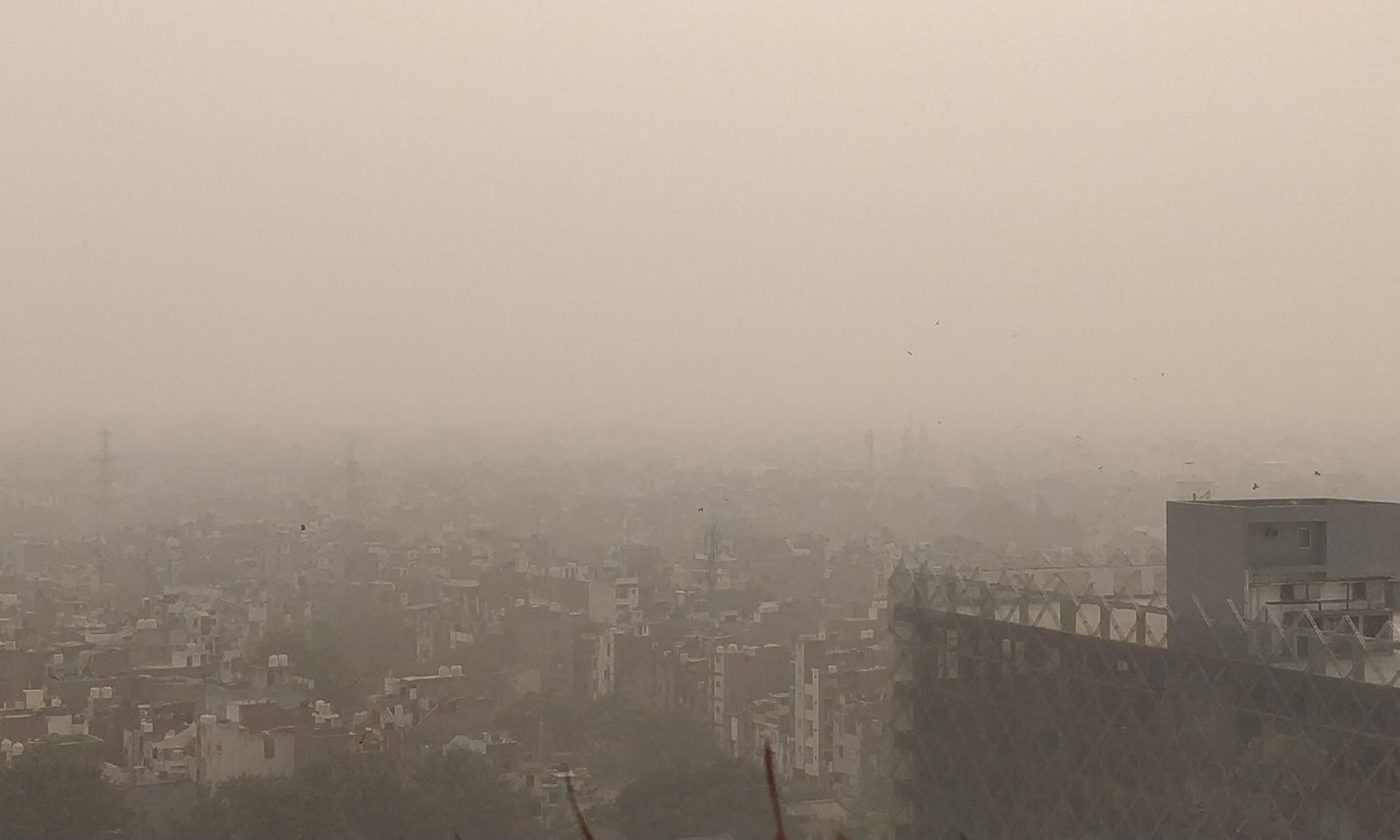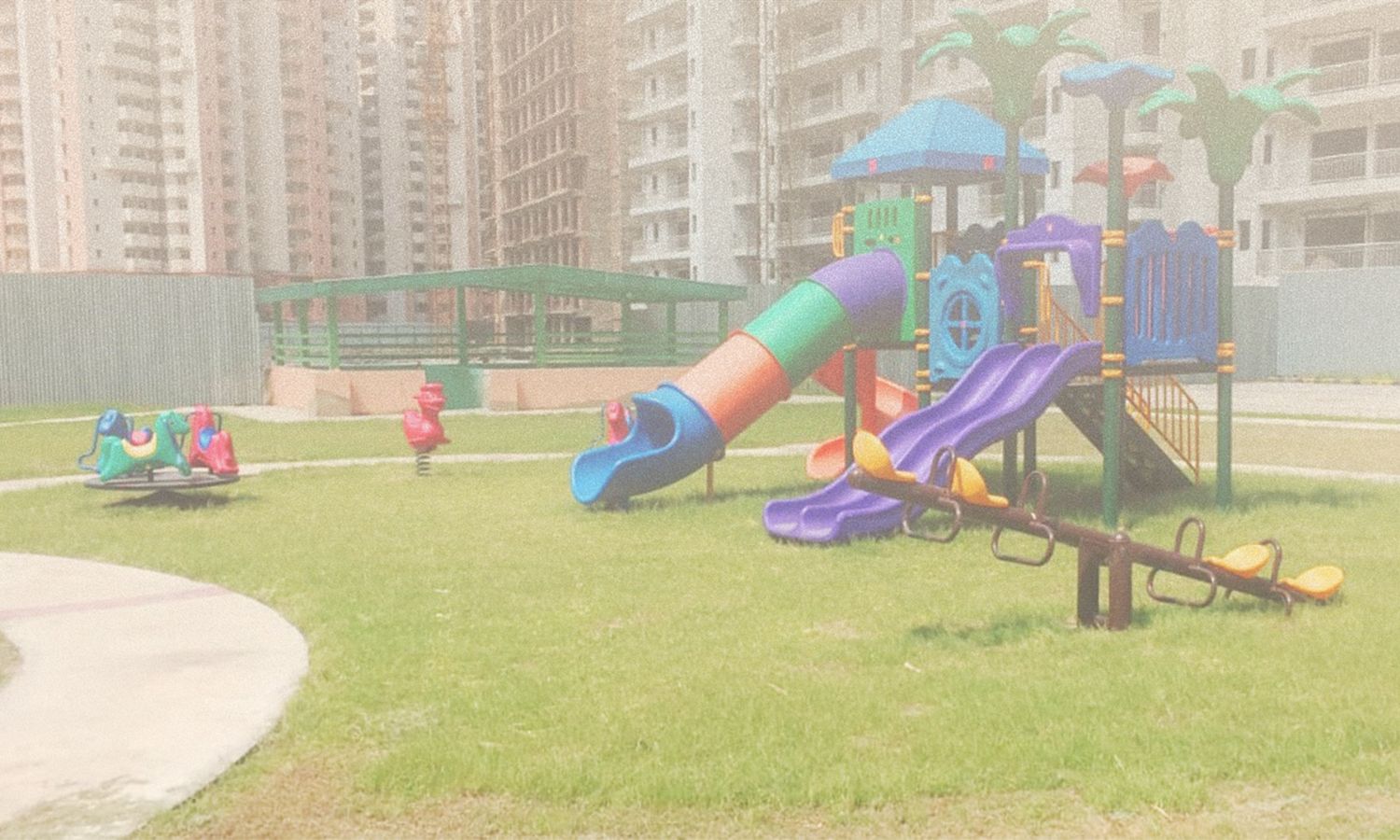Sometime around the winter of 2015, a persistent grey smog came and perched itself on the skies of Delhi. Ever since, the national capital’s pollution has become a subject of serious interest among the political classes and the media alike. It was a slow descent into this scenario. Foryears, we ignored vehicle fumes, black smoke spiralling out of factory zones and environmental laws with abysmal compliance.We even ignored the impact of climate change on the agrarian season, which led to the shrinking of period between sowing and harvest seasons and left thousands of farmers with no choice but to burn aside stubble. Just as the causes moved slowly to culminate into a crisis, the solution is coming together slowly as well.
Recently, the Centre for Science and Environment released a report titled ‘Winter smog thinning over Delhi-NCR: End of winter air pollution analysis’ https://www.cseindia.org/Delhi-NCR-winter-analysis-endofwinter-note.pdf It is stated in the report that “The PM2.5 level, computed by averaging monitoring data from 36 Continuous Ambient AirQuality Monitoring Stations located in the city was 17% lower compared to the seasonal average of the 2018-19 winter….Based on the subset of the 10 oldest stations, there is an improvement of almost 20%”.
The report further added that “As the winter season comes to a close, an analysis of PM2.5 trends for the period October-January in the Delhi and the National Capital Region (NCR) region conducted by the Urban Lab at the Centre for Science and Environment (CSE) has revealed a continuing drop in seasonal average levels of air pollution, although elevated levels prevailed at city stations.
Mapping of pollution and identification of hotspots is the first and most essential step to launch specific curbs on pollution. The Chinese realised early on that big data and tech can play a pivotal role in mapping air quality and the number of federal monitoring stations across China nearly tripled between 2012 and 2020, from 661 to 1,800. This is in addition to thousands of monitoring stations that were managed and funded via local government.

India is following suit with state governments devising their own strategies to curb air pollution by identifying local and hyper local sources real-time. On January 30, 2023, the Chief Minister of Delhi, Arvind Kejriwal, launched the ‘real-time source apportionment project’ undertaken by the Delhi Pollution Control Committee (DPCC) in collaboration with the Indian Institute of Kanpur (IIT-K) The project features a Supersite Air Quality Station at Rouse Avenue that houses state-of-the-art equipment to measure air quality. Additionally, there is a Mobile Air Quality Monitoring Van which can be driven to multiple hotspots in the city. A combination of these two makes for an unprecedented temporal mapping of various sources of pollution with a granularity that has never been explored.
The Previous Apportionment Studies conducted for Delhi were outdated - the last one having been done in 2016, moreover, these were limited in their granularity as they aggregated data for entire seasons. So, for instance, if the government had to form a plan for the winter of 2023, itwould need to rely on information from a report far back in time. The disposition of air changes daily and the data needs to keep pace with it.
To set the ball rolling, we, at GDi Partners, have set-up a manage the Project Management Unit at the Department of Environment, Govt of NCT of Delhi. Our task is to help the government strategize and manage the air quality intervention projects. As part of our work, we facilitate the coming together of thought leaders like the IITs, civil society, NGOs and several government agencies to create a single, comprehensive plan for improving air pollution in Delhi.
One such initiative is the real-time source apportionment study which was a work in progress for almost the last 18 months until January. During this time, we helped the environment department set-up programme management processes, ensured inter-departmental coordination for timely completion of the project, provided technical inputs into the project and co-designed the dashboard which was released to the public. With the project now generating rich data, our focus now also includes regular data analysis and insight generation.
Breaking down emissions to the sources identified with the help of the new technology, at the launch of the real-time source apportionment project, the team from IIT Kanpur shared that secondary inorganic aerosols, which travel long distances, contribute to a large proportion of Delhi’s air pollution mix. Whereas in-house pollution sources such as biomass burning (wood, stubble etc.), vehicular emissions and dust (road and construction) had been the other major sources of PM2.5 in the last one month. The team also showcased hourly data on the sources of pollution in recent days and the direction from which external pollution may have reached Delhi.

As we see it, there are three broad benefits to this kind of aggressive real-time mapping. One, that is it offers real-time data to departments so that they are able to offer a far more targeted response as opposed to the previous studies which aggregated data at the level of an entire season. Hour-to-hour monitoring informs departments about the changing dispositions of air.
Second, the data identifies the source of the pollution and deconstructs the problem, making it easier to quell pollution at source. For instance, a traffic signal from where a large amount of vehicular pollution emanates or an unauthorised colony reporting big bio mass emissions. So, the concerned agencies, be it the municipality, the Transport Department, DPCC or the pollution control committee etc can devise a targeted response plan. This decentralises and localises the problem that seems otherwise colossal.
Third, the data monitoring system offers a three-day forecast for the concentration of PM 2.5 and what sources are likely to contribute to it. The emission inventory feeds into forecasting by providing an estimate of the emissions from various pollution sources in a geographical zone.
This enables pre-emptive action towards reducing pollution. Until now, the only forecast available for Delhi came from the Indian Institute of Tropical Meteorology, Pune and threat data was a daily forecast and was bereft of source apportionment.
One major learning from our work is that it is really critical for state governments and non-attainment cities in India to create source apportionment projects which the National Clean Air Programme (NCAP) already mandates. In terms of aspiration, cities that aren’t doing this as yet should first attempt to create a static or seasonal source apportionment study and then attempt to upgrade to real-time source apportionment for better insights.
The report titled ‘World Air Quality Report 2020’ by the Swiss organisation IQAir had stated that 22 of the world’s 30 most polluted cities were in India. Besides Delhi, the 21 other Indian cities in the list were Ghaziabad, Bulandshahar, Bisrakh Jalalpur, Noida, Greater Noida, Kanpur, Lucknow, Meerut, Agra and Muzaffarnagar in Uttar Pradesh; Bhiwadi in Rajasthan; Faridabad, Jind, Hisar, Fatehabad, Bandhwari, Gurugram, Yamuna Nagar, Rohtak and Dharuhera in Haryana; and Muzaffarpur in Bihar. Previously, in May 2018, a World Health Organisation had ranked the 20 most polluted cities in the world and 14 of them were in India. It is quite clear that the smoke isn’t merely Delhi’s problem and that more and more state governments must come forward and adopt tech and chase data to resolve the air crisis that looms large.
Given the degree of technicality and capacity building needed, for delivery of quality source apportionment results in timely manner, state governments will need to rely extensively on external support - both technical (similar to what IIT Kanpur did for Delhi) and programme management (similar to what we did for Delhi).
Air pollution changes form, colour, shape, and deceives the sharpest of minds and governments. However, we are convinced and optimistic that througnnovation, imagination and collaboration, state governments in India can clear up the skies.
